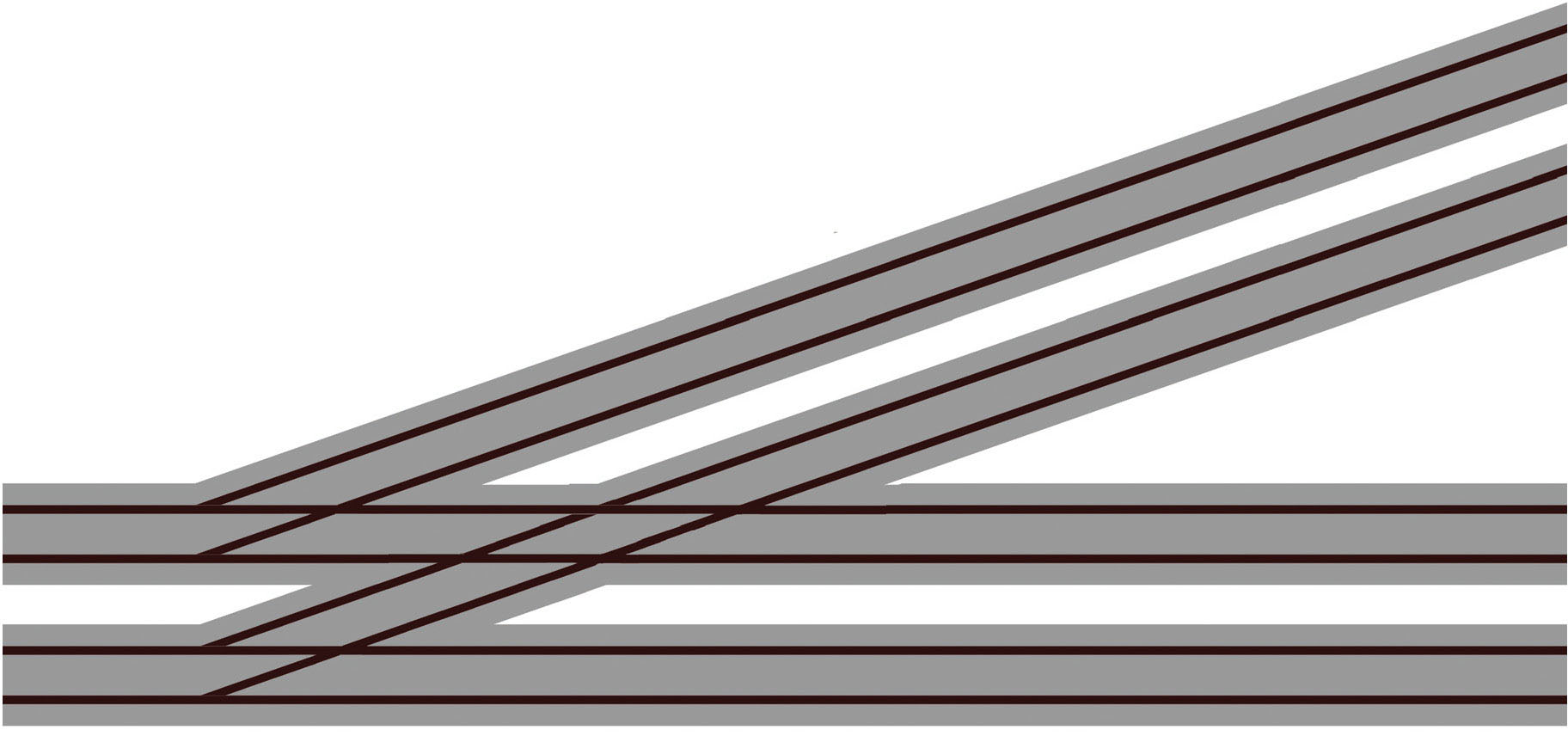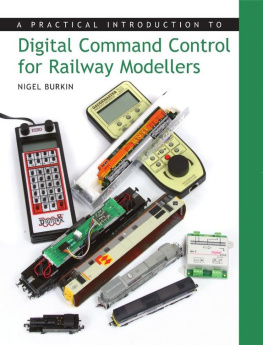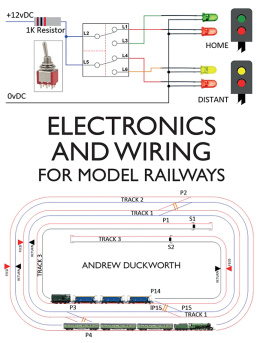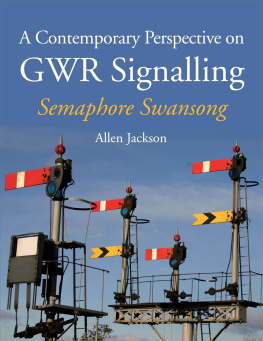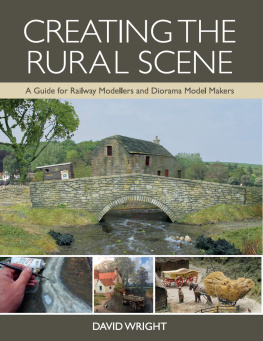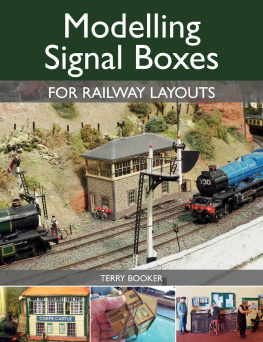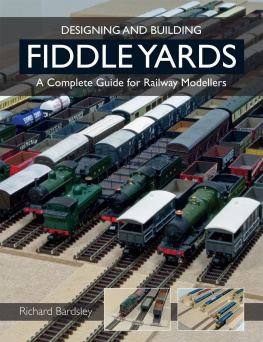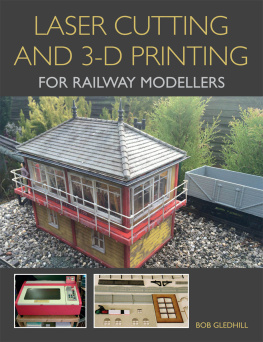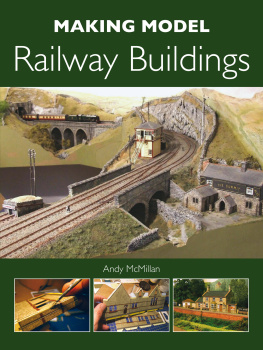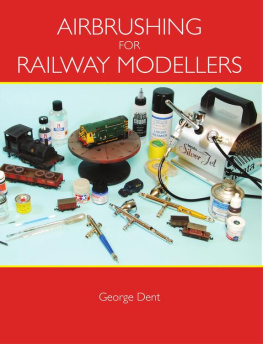Operating Signals, Points
and Level Crossings
A MECHANICAL, ELECTRICAL AND ELECTRONIC
GUIDE FOR RAILWAY MODELLERS
Clive Heathcote and A. Anderson

THE CROWOOD PRESS
First published in 2014 by
The Crowood Press Ltd
Ramsbury, Marlborough
Wiltshire SN8 2HR
www.crowood.com
This e-book first published in 2014
Clive Heathcote and Annie Anderson 2014
All rights reserved. No part of this publication may be reproduced or transmitted in any form or by any means, electronic or mechanical, including photocopy, recording, or any information storage and retrieval system, without permission in writing from the publishers.
British Library Cataloguing-in-Publication Data
A catalogue record for this book is available from the British Library.
ISBN 978 1 84797 864 6
Disclaimer
The author and the publisher do not accept any responsibility in any manner whatsoever for any error or omission, or any loss, damage, injury, adverse outcome, or liability of any kind incurred as a result of the use of any of the information contained in this book, or reliance upon it. If in doubt about any aspect of railway modelling, including electrics and electronics, readers are advised to seek professional advice.
CONTENTS
INTRODUCTION AND
ACKNOWLEDGEMENTS
Points signals and level crossings are generally all under the control of a signalman. Things changed so little on the railways that a signalman from the 1870s could have stepped into a 1950s signal box and operated it. Since then railways have undergone rapid modernization and things have changed extensively.
This book tries to explain how to model the operation of a real railway as it seems much more satisfying to understand why things are how they are. We have tried to include a lot of practical information about how to control signals points and level crossings, from the simplest methods to the more complex.
We hope the reader will be able to extend the ideas within this book to suit the circumstances of his model railway. For this reason we have tried to put in detailed explanations of how everything works. We would like to thank Neil Wint for his help with DCC control. Also thank you to Peco for supplying us with photographs of their products. Finally, thank you to the Churnet Valley Railway for kindly guiding us around their signal box and for filling the Churnet Valley with steam trains.
CHAPTER ONE
POINTS
After constructing the baseboard, planning and laying down the track is an important stage in building a model railway. To enable your rolling stock to run on a variety of routes, putting in points is essential.
A point is defined as a section of track used to direct a train onto two or more alternative routes. It is sometimes, particularly in America, known as a switch or a turnout. Designing your model train layout is much easier than on the real railways. In the past the track plan had to be approved by a railway inspector, who in the early days was usually an army man from the Royal Engineers. Safety was important and standards were very stringent when passengers were involved. This affected how the railways laid out their track and signalling. Often with model railways the limited space available is the main concern, but if you bear these points in mind the model railway will look more realistic.
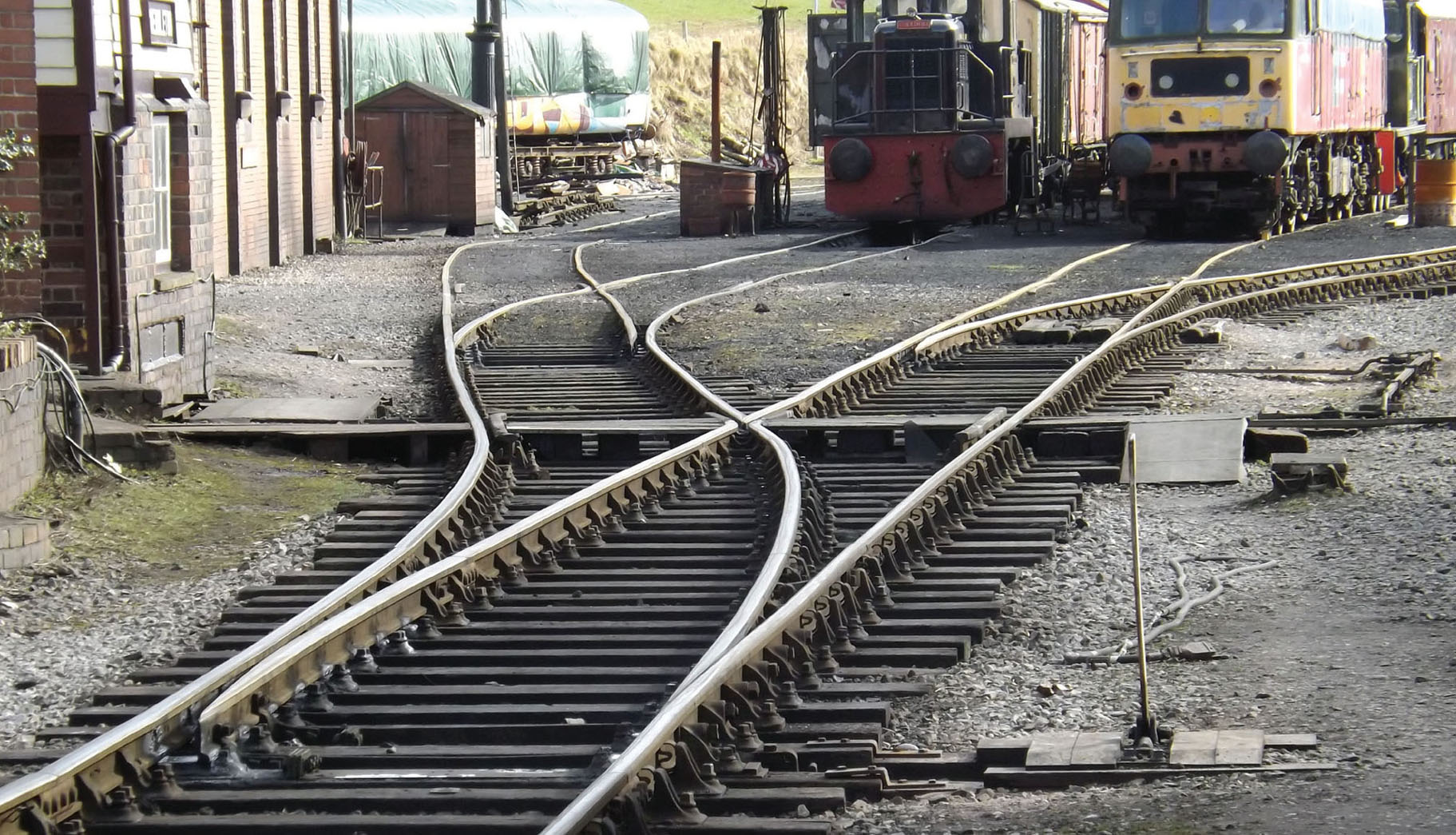
Full-sized railway points at Cheddleton Station on the Churnet Valley Railway in North Staffordshire. The points allow four sidings to lead into one line. The point at the front of the picture is operated by the white hand lever on its right. The second nearest point is operated from the signal box, which can be seen on the left of the picture. The point rodding from the signal box passes under the line and is protected by a wooden cover. It then goes alongside the track and joins to the point tie bar by an angle crank.
TYPES OF POINTS
RIGHT HAND AND LEFT HAND POINTS
Several types of points are in use on the railways. Simple standard right hand and left hand points are more common because they are more economical to make and maintain. With a right or left hand point, one track is straight and the other is curved. The radius of the curve on the tracks can vary. The bigger the radius of the curve, the faster the train can run over the points. Model railway track is often available with a choice of radius: large radius looks more realistic and gives better running but the points are substantially longer.
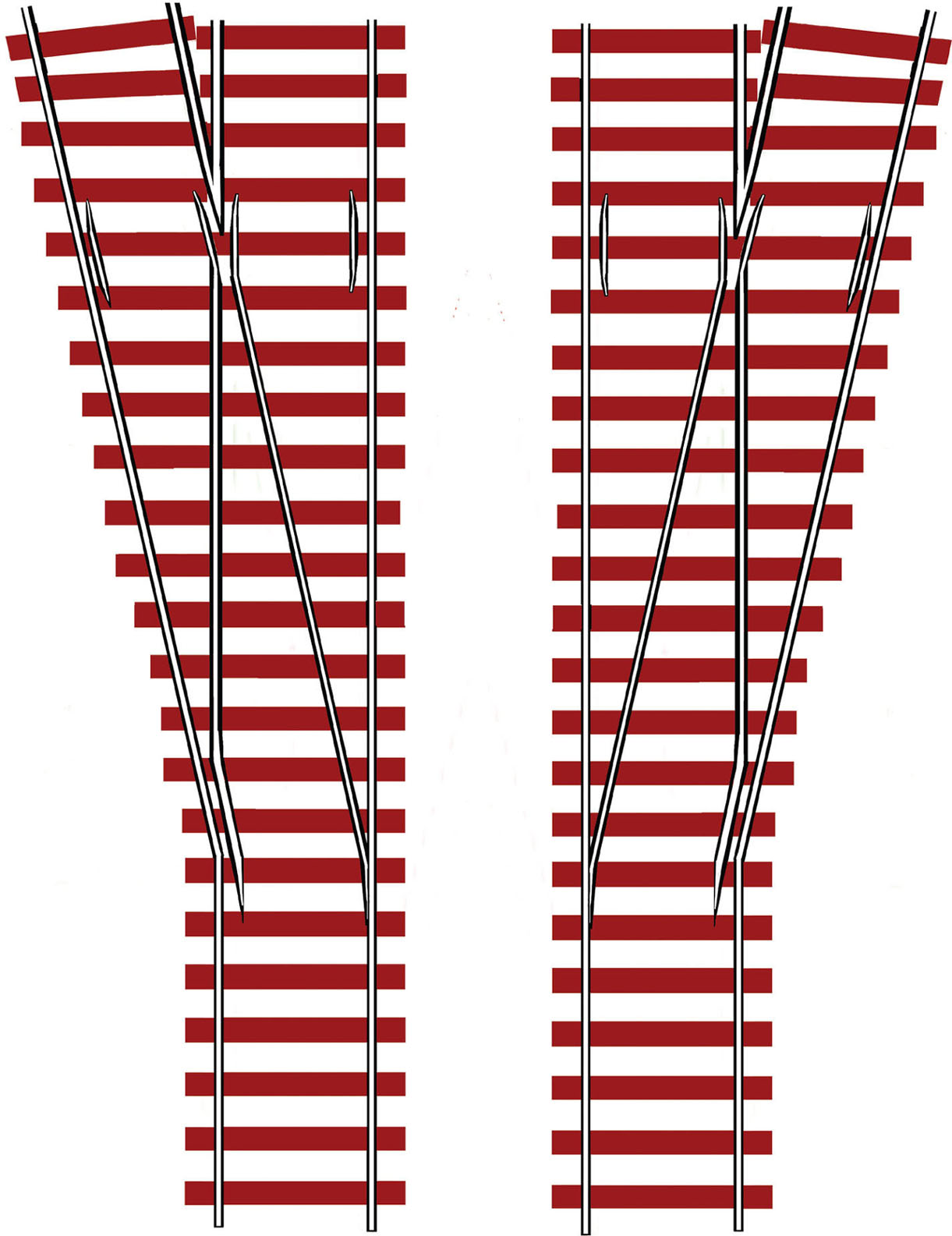
Left hand point refers to the side of the point the track diverges at, shown here on the left of the diagram. Generally the straight portion of the point will be on the main line to allow for a faster route. Sometimes the main line is on a gradual curve and the diverging route will then be at a sharper radius.
Y POINTS
Y points are very similar to left and right hand points. The difference is that both diverging tracks curve away in opposite directions. An advantage to this is that the tracks diverge in a shorter distance. Since the point takes up a shorter length of space, this is a big advantage on smaller model railways.

Y point. Since both tracks curve away from each other they separate more rapidly than a left or right hand point. This makes a worthwhile ploy when saving space.
POINT ON A CURVE
Where the main line is on a gentle curve, then this type of point is required. These points can be very useful for saving space on model railways as they allow the line to split into two before a straight piece of track is reached.
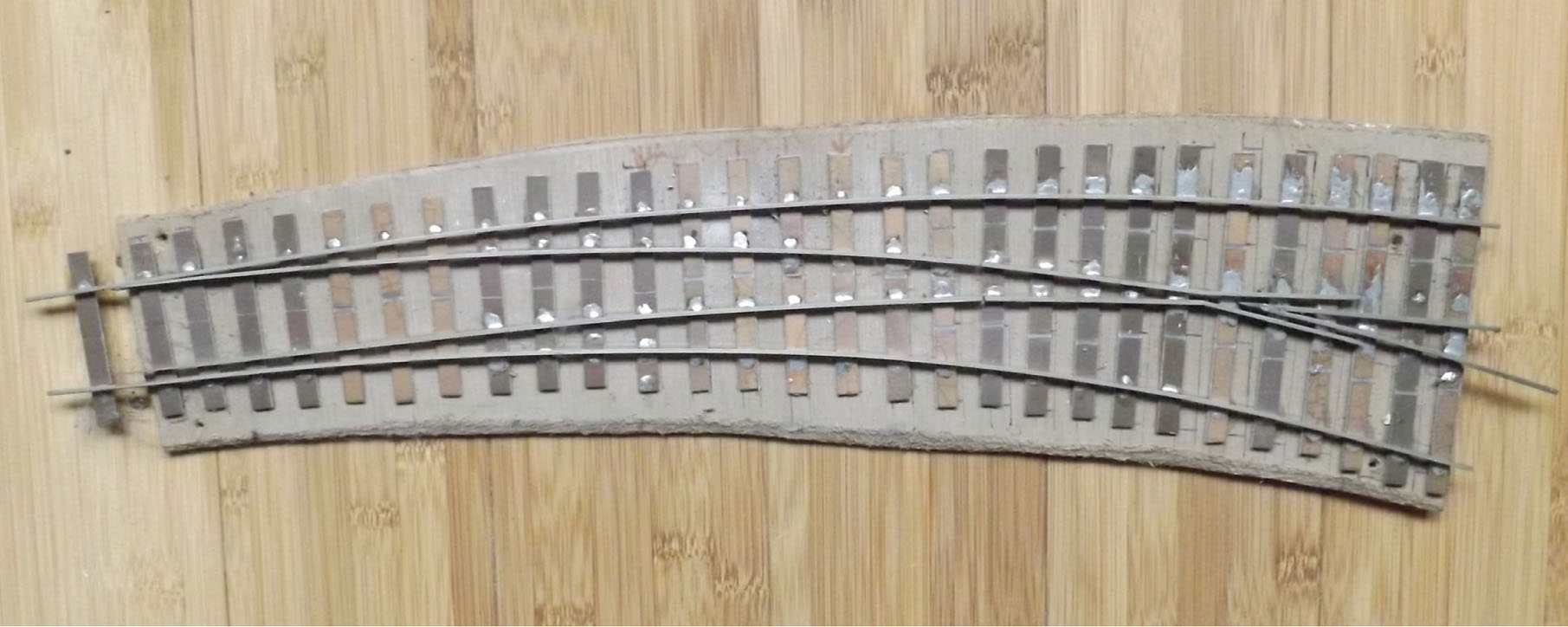
An O gauge home-constructed model of a right hand curved point built by one of the authors. Both tracks curve to the right. Strips of copper clad fibreglass are used for the sleepers. This is the material used to make circuit boards and is readily available. It allows the rail to be soldered to the sleepers. An advantage to building your own track is that it can be made to any radius to allow flowing curves of track.
DIAMOND CROSSINGS
Diamond crossings are also used particularly at junctions, but these offer no challenge to the modeller as they contain no moving parts.
The accompanying diagram shows a double junction, where two double-track lines meet. It consists of two left hand points and a diamond crossing. This is a very common track arrangement on fullsize railways. Until recent times safety regulations required a single-track branch line to diverge from a double-track line using a double junction rather than a crossover and point.
